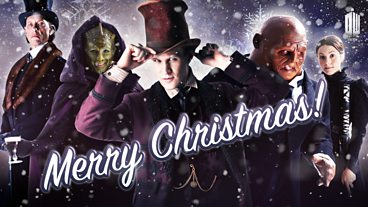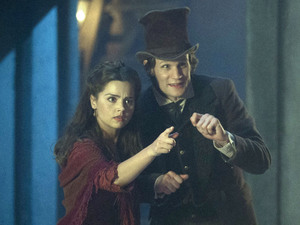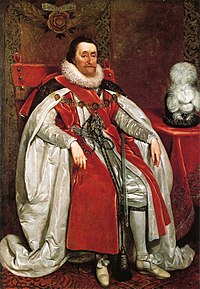Spoiler Warning.
If you don't want to be spoiled don't read, Simple!

Well, What can I say !
I enjoy this one but not for the Snowmen story but the build up and what would River Song say of that Kiss.
I loved Strax, he made this episode with his funnys and the scene with the Doctor being Holmes!
It was really supporting characters of Strax, the Madame Vastar (lizard lady the great detective) and Her assistant wife Jenny who made this episode great and oneliners.
Don't really care about the evil snowmen, the episode story or the kids.
This special was clearly filler, character and storyline build up for the next season.
But wait I am getting a head of myself.

The Doctor was very understandably blue over the lose of his in-laws Amy and Rory Pond!
Has he lost River Song forever to the library?

I have a feeling that we will see her later this season and then she will be gone! Snifff!
I have to say I love the ladder leading to the Tardis and the Doctor living on a cloud genius idea. Who knew the Doctor could control the wind!

Now my thoughts on the New Companion!
Well she is good and they do have a good bouncey chemistry! Guess that's what you get when you film out of order and film this after filming the first 3 episodes of the new season before you do the Xmas special so Matt and Jenna have a working relationship established plus a very good support casts of Madame Vastar (lizard lady), Jenny and Strax.

Who are now a very much loved threesome. Strax rebirth is great but Moffet could have the Doctor met him earlier in Strax's timeline it would have been easier than bring Strax back from the dead. More Wibbley Time stuff is fun but you can have to much. I think it would be nice to have linear story telling back in who as I feel that grandparents and younger children are the ones who miss out and don't understand it.
I know My grandparents don't understand how the Snowmen died at the end but they are in their 80's!

OK
Back to Jenna-Louise Coleman good acting but we knew this from her performance in the Asylum of the Dalek's.

To be very honest Stephen Moffet has over played his hand very early this season as we all knew that Clara would be Oswin Oswald!
Oswin is smart and the Doctor or the Tardis has a bad habit of using smart people e.g River to extend the Doctor life by give him all of River's regenerations and to save his life.
So Oswin Oswald made the Dalek's forget the oncoming storm or the Doctor from thier database and history which is what the Doctor has been doing to free his wife from the Stormcage Prison as the how can River kill a man who doesn't exist.
So Now the Doctor will find Oswin and screw up her life so bad she gets converted into a Dalek, Yeah for being a genius!
Very child friendly travel with the Doctor and you become a Dalek or get stuck in a library or back in time!
Overall I give this episode 3/5 as was mostly build up for next season .
Bring back River I say and have Clara fight her that would be a great fight; but really all of the so called powerful women on Doctor Who now fight over him!
Not very progressive. I miss Rose yes she moped over him but at least she and Sarah Jane from a bond of female support. I don't think Clara and River will do that or even met !
Myriam signing out!







